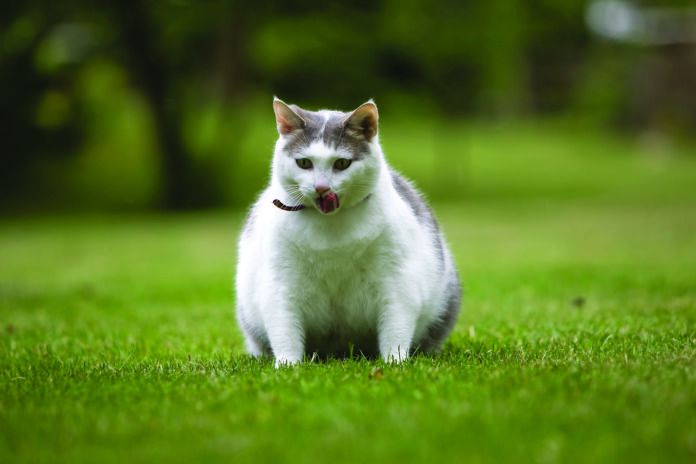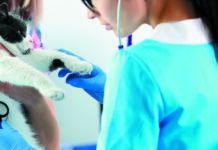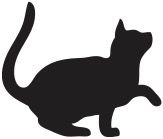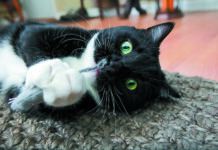Your cat is overweight but hasn’t been at all interested in food for a few days. Since she could stand to shed a few pounds, you figure her refusal to eat is simply about being picky and aren’t worried. But you should be. In fact, get her to the doctor immediately. She could be showing signs of a type of liver disease that’s readily curable if caught early but, if left untreated, progresses rapidly and is always fatal.
It’s called hepatic lipidosis and is the most common type of liver disease to befall cats. Other possible signs: excessive salivation, vomiting, lethargy, and if things go far enough, jaundice and seizures. But don’t wait for any of those symptoms to develop. If your cat completely stops eating for a couple of days, it’s a very serious issue no matter what the problem, and she needs to be properly diagnosed and treated with dispatch.
Why fat cats?
Any cat can get hepatic lipidosis, but it is most common in obese cats who develop anorexia (loss of appetite). That’s because when a cat stops eating, her body begins breaking down fat stores for fuel. Overweight felines have plenty of fat to route to the liver, and that organ then becomes overwhelmed trying to process it all. The extra fat that accumulates in the liver is what gets the disease going. (“Lipidosis” means there’s a disorder in the way fat is metabolized, or broken down; “hepatic” means anything referring to the liver.)
Sometimes a loss of appetite is caused by a metabolic glitch, but other possible culprits include changing the diet (for instance, putting an overweight cat on a weight-management meal plan that she doesn’t like) or a stressful event such as moving to a new home, suffering the loss of a feline housemate or a person in the home, or having a new pet or person come to live in the house.
Diagnosing the disease
Your veterinarian will make a diagnosis using a number of tools:
- Your cat’s history
- Physical examination
- Blood tests (which will show increased liver enzymes)
- Ultrasound (potentially)
Confirmation of the diagnosis can be made by taking a sample of liver cells with a needle (guided by ultrasound). In some cases, a larger biopsied sample must be obtained via surgery. A veterinary pathologist will find a lot of extra fat in and amongst the liver cells.
The cure is in the eating
The only way to treat hepatic lipidosis is to get food into the cat so excess fat stops being shunted to the liver for processing. But how? When the liver is compromised and a cat doesn’t feel well, that only makes her less likely to eat, so the disease worsens. It’s like a downward spiral with even more loss of appetite. And trying to force-feed a cat is about as easy and pleasant as trying to get her to run a mile on a treadmill.
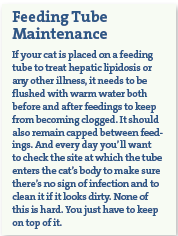

The best part: “The cat is happy and feeding occurs without stress,” says Tufts veterinary internist Michael Stone, DVM. The disease is reversed, and disaster is averted.

